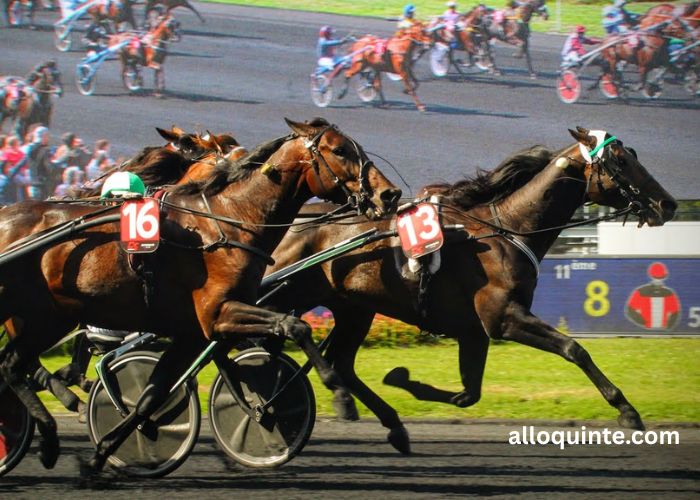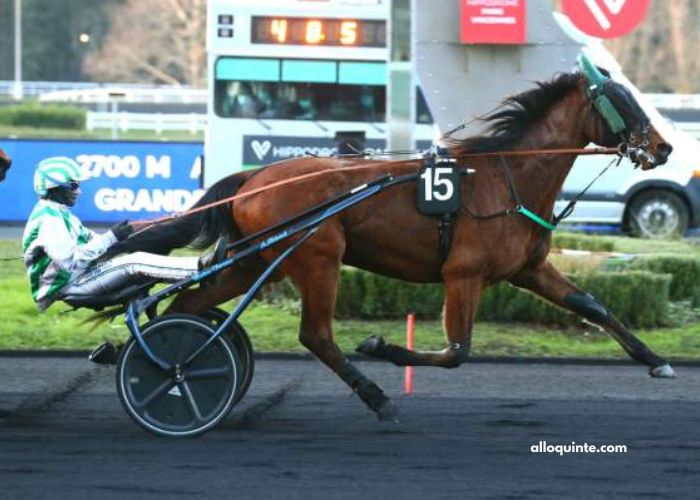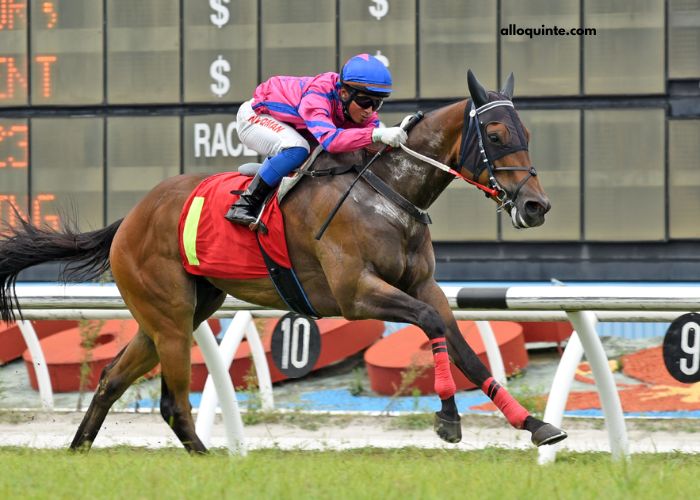When it comes to understanding the world of horse racing, one key term that frequently comes up is Base Du Geny. This term plays a vital role in the context of betting, race analysis, and overall performance assessments of racehorses. Whether you’re an avid follower of the sport or just starting to explore it, grasping the significance of Base Du Geny can enhance your understanding of the racing industry.
The Base Du Geny refers to a specific element in the racing community that helps assess a horse’s potential performance in different conditions. It provides crucial insights into a horse’s form, stamina, and ability to handle certain types of tracks or environments. For anyone involved in horse racing, knowing how to interpret the Base Du Geny data is essential for making informed decisions when it comes to betting, training, or analyzing horses.
What is Base Du Geny in Horse Racing?
The Base Du Geny is essentially a reference point used in the analysis of horses participating in races. It is a term often used by racing professionals, including trainers, jockeys, and analysts, to evaluate a horse’s past performance and suitability for upcoming races. This reference point typically involves considering a horse’s history in specific types of races and under different track conditions. The Base Du Geny can give insights into a horse’s ability to perform consistently, manage various track conditions, and maintain stamina throughout a race.
This concept is crucial for evaluating a horse’s potential performance, as it allows experts to predict how well a horse will perform under specific circumstances. It could include factors like the type of track surface, the length of the race, or the weather conditions. Understanding the Base Du Geny helps trainers and jockeys prepare their horses more effectively and make strategic decisions. For bettors, knowing the details of the Base Du Geny can greatly improve their chances of making accurate predictions.
How Does Base Du Geny Affect Horse Performance?
In horse racing, Base Du Geny plays a pivotal role in determining how a horse is likely to perform during a race. The term is closely tied to the analysis of a horse’s form, which is the measure of its recent performances in competitive races. When evaluating a horse’s form using Base Du Geny, experts will consider its results in similar conditions, its consistency, and how well it has adapted to various types of races.
A horse with a strong Base Du Geny may have a proven track record, indicating that it has consistently performed well in the conditions similar to those of an upcoming race. This could include its ability to perform well on different track surfaces or in races of varying lengths. Horses with a solid Base Du Geny are generally considered more reliable in terms of performance, which is why it is a valuable asset for trainers and jockeys to consider when making decisions about race participation.
How Can Bettors Use Base Du Geny for Betting?
For bettors in horse racing, Base Du Geny is an indispensable tool when it comes to making informed decisions. By examining the Base Du Geny, bettors can analyze the past performances of horses under similar conditions and use this information to predict their future results. Understanding how a horse has handled various track conditions, race lengths, and competition can provide bettors with a strategic advantage when placing their bets.
In the world of horse racing, where every small detail can make a difference, the Base Du Geny helps to identify patterns and trends in a horse’s performance. Bettors who have a firm grasp of how to interpret Base Du Geny can identify horses that are more likely to perform well based on their historical data. This knowledge is not only essential for making smarter betting decisions but can also increase a bettor’s chances of winning, especially when analyzing races that are less predictable.
What Are the Key Factors Considered in Base Du Geny?
When evaluating the Base Du Geny, several factors are taken into account. These factors play a crucial role in assessing the suitability of a horse for a particular race. Some of the primary factors include the type of track, the length of the race, the horse’s previous performances in similar races, and its ability to handle certain weather conditions.
The type of track is a critical component of the Base Du Geny. Different horses perform better on different surfaces, whether it’s grass, dirt, or synthetic tracks. Similarly, the race length plays a role in determining a horse’s stamina and its ability to maintain speed throughout the race. Horses with a strong Base Du Geny will have shown consistency in races of similar lengths. Additionally, the horse’s historical performance under various weather conditions, such as rain or extreme heat, is also a crucial factor in determining how well it is likely to perform.
How Do Trainers Use Base Du Geny to Improve Horse Performance?
Trainers use Base Du Geny as a tool to enhance their horses’ training regimens and performance strategies. By analyzing a horse’s past races and understanding its strengths and weaknesses through the Base Du Geny, trainers can tailor their training to address specific areas that may need improvement. This might involve adjusting the horse’s exercise routine, refining its diet, or even selecting races that suit its capabilities.
For instance, if a horse has performed well in shorter races but struggled in longer events, trainers can use the Base Du Geny to adjust their strategy and build stamina. Similarly, if a horse has shown a preference for a specific track type, trainers can select races that match this preference. Understanding and applying the principles behind Base Du Geny allows trainers to optimize their horses’ performance and prepare them more effectively for upcoming challenges.
How Do Jockeys Incorporate Base Du Geny into Their Strategy?
Jockeys, too, benefit from understanding Base Du Geny, as it informs their race-day strategy. Knowing a horse’s history and how it has performed in various conditions allows jockeys to adjust their riding style accordingly. For example, if a horse tends to perform better in certain track conditions or distances, the jockey can position themselves in the race to take advantage of these strengths.
Jockeys often study the Base Du Geny to determine the most effective way to manage a horse during a race. If a horse has a history of tiring toward the end of a race, the jockey may choose to conserve energy in the early stages to ensure the horse has enough stamina for a strong finish. By factoring in the Base Du Geny, jockeys can align their tactics with the horse’s capabilities, maximizing the chances of success.
Conclusion
In conclusion, Base Du Geny is an essential concept in the world of horse racing, playing a crucial role in analyzing horse performance, making strategic betting decisions, and improving training regimens. By understanding the significance of Base Du Geny, trainers, jockeys, and bettors can gain valuable insights into a horse’s capabilities and make more informed decisions.
For bettors, in particular, this knowledge can provide an edge in predicting outcomes, while trainers and jockeys can use it to optimize preparation and race strategies. The Base Du Geny serves as a vital tool for anyone looking to succeed in the complex and competitive world of horse racing.




